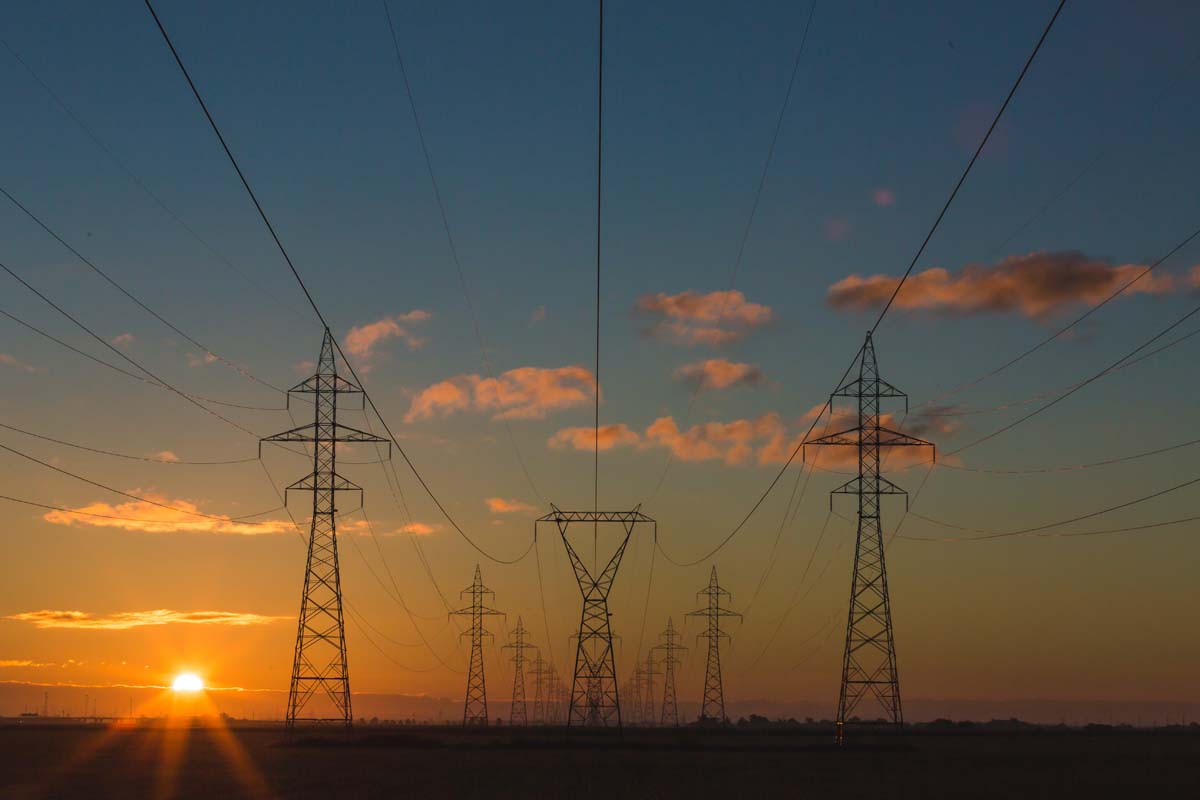
403
Sorry!!
Error! We're sorry, but the page you were looking for doesn't exist.
Carbon Dioxide Levels Reach New Highs in 2024
(MENAFN) Carbon dioxide (CO2) concentrations in the atmosphere surged by an unprecedented amount in 2024, pushing levels to historic highs and ensuring further long-term global temperature increases, the World Meteorological Organization (WMO) reported Wednesday.
The latest WMO Greenhouse Gas Bulletin attributes this sharp rise to ongoing human emissions, increased wildfire output, and diminished absorption by natural “sinks” such as oceans and land ecosystems—a dangerous combination that "threatens to be a vicious climate cycle."
Between 2023 and 2024, atmospheric CO2 rose by 3.5 parts per million (ppm), marking the largest annual jump since modern tracking began in 1957.
"The heat trapped by CO2 and other greenhouse gases is turbo-charging our climate and leading to more extreme weather," said WMO Deputy Secretary-General Ko Barrett. "Reducing emissions is therefore essential not just for our climate but also for our economic security and community well-being."
CO2 growth rates have accelerated dramatically over decades, tripling since the 1960s—from an average annual rise of 0.8 ppm to 2.4 ppm between 2011 and 2020. By 2024, global average CO2 concentration hit 423.9 ppm, up sharply from 377.1 ppm in 2004 when the bulletin was first issued.
The record increase is largely linked to wildfire emissions and reduced carbon uptake by land and ocean systems amid 2024’s status as the warmest year on record, compounded by a strong El Niño event. This phenomenon caused “exceptional drought and fires in the Amazon and southern Africa,” the report said.
"There is concern that terrestrial and ocean CO2 sinks are becoming less effective, which will increase the amount of CO2 that stays in the atmosphere, thereby accelerating global warming," warned Oksana Tarasova, senior scientific officer at WMO. "Sustained and strengthened greenhouse gas monitoring is critical to understanding these loops."
Methane and nitrous oxide—second and third most potent long-lived greenhouse gases—also reached new highs in 2024. Methane levels climbed to 1,942 parts per billion, 166% above pre-industrial values, while nitrous oxide rose to 338.0 parts per billion, 25% higher than pre-1750 levels.
The WMO emphasized that this data serves as a vital scientific input ahead of the UN Climate Change Conference (COP30) scheduled for November in Belem, Brazil, where nations are expected to intensify efforts to reduce emissions.
The latest WMO Greenhouse Gas Bulletin attributes this sharp rise to ongoing human emissions, increased wildfire output, and diminished absorption by natural “sinks” such as oceans and land ecosystems—a dangerous combination that "threatens to be a vicious climate cycle."
Between 2023 and 2024, atmospheric CO2 rose by 3.5 parts per million (ppm), marking the largest annual jump since modern tracking began in 1957.
"The heat trapped by CO2 and other greenhouse gases is turbo-charging our climate and leading to more extreme weather," said WMO Deputy Secretary-General Ko Barrett. "Reducing emissions is therefore essential not just for our climate but also for our economic security and community well-being."
CO2 growth rates have accelerated dramatically over decades, tripling since the 1960s—from an average annual rise of 0.8 ppm to 2.4 ppm between 2011 and 2020. By 2024, global average CO2 concentration hit 423.9 ppm, up sharply from 377.1 ppm in 2004 when the bulletin was first issued.
The record increase is largely linked to wildfire emissions and reduced carbon uptake by land and ocean systems amid 2024’s status as the warmest year on record, compounded by a strong El Niño event. This phenomenon caused “exceptional drought and fires in the Amazon and southern Africa,” the report said.
"There is concern that terrestrial and ocean CO2 sinks are becoming less effective, which will increase the amount of CO2 that stays in the atmosphere, thereby accelerating global warming," warned Oksana Tarasova, senior scientific officer at WMO. "Sustained and strengthened greenhouse gas monitoring is critical to understanding these loops."
Methane and nitrous oxide—second and third most potent long-lived greenhouse gases—also reached new highs in 2024. Methane levels climbed to 1,942 parts per billion, 166% above pre-industrial values, while nitrous oxide rose to 338.0 parts per billion, 25% higher than pre-1750 levels.
The WMO emphasized that this data serves as a vital scientific input ahead of the UN Climate Change Conference (COP30) scheduled for November in Belem, Brazil, where nations are expected to intensify efforts to reduce emissions.

Legal Disclaimer:
MENAFN provides the
information “as is” without warranty of any kind. We do not accept
any responsibility or liability for the accuracy, content, images,
videos, licenses, completeness, legality, or reliability of the information
contained in this article. If you have any complaints or copyright
issues related to this article, kindly contact the provider above.
Most popular stories
Market Research

- Casper Network Advances Regulated Tokenization With ERC-3643 Standard
- Forex Expo Dubai Wins Guinness World Recordstm With 20,021 Visitors
- Superiorstar Prosperity Group Russell Hawthorne Highlights New Machine Learning Risk Framework
- Freedom Holding Corp. (FRHC) Shares Included In The Motley Fool's TMF Moneyball Portfolio
- Versus Trade Launches Master IB Program: Multi-Tier Commission Structure
- Ozzy Tyres Grows Their Monsta Terrain Gripper Tyres Performing In Australian Summers




















Comments
No comment